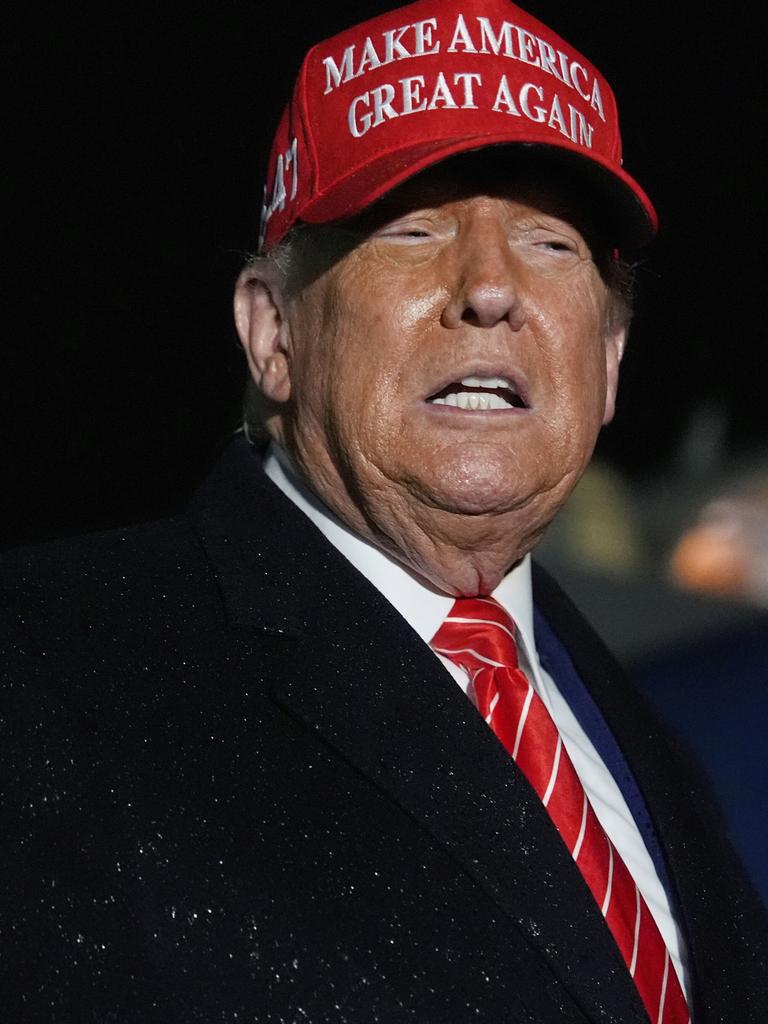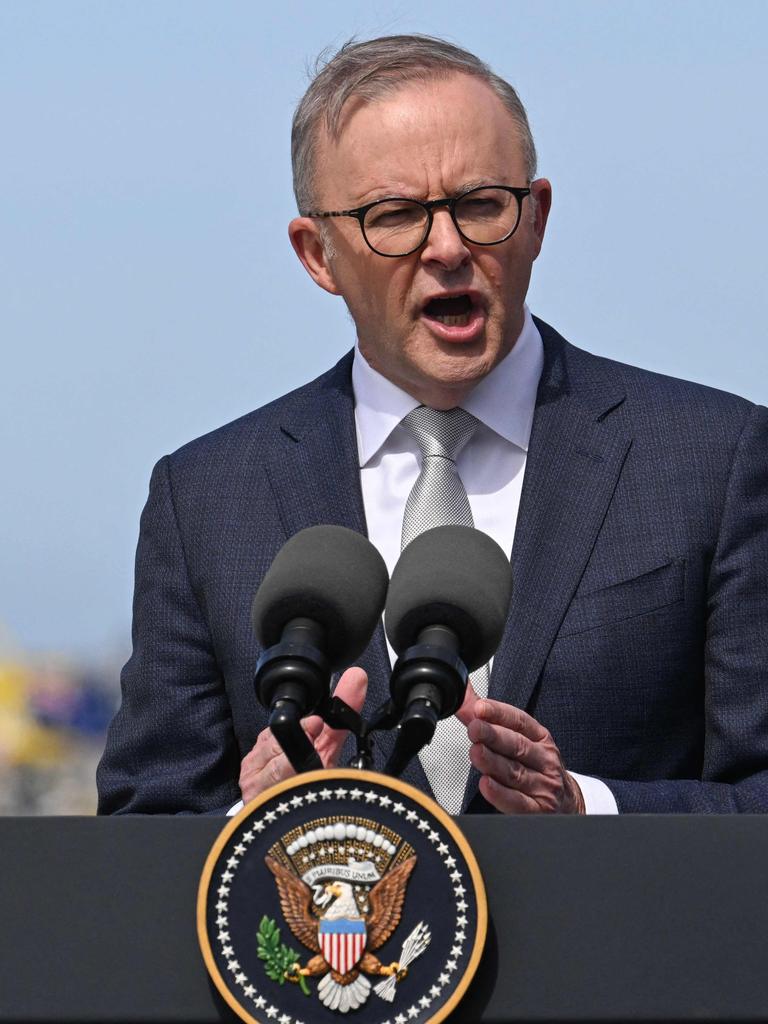What’s driving China’s hunger for Aussie beef as exports soar
New data reveals Australia’s beef exports are hitting record numbers as China and the US hoover up our products amid the trade war.
Grain-fed beef exports to China have ballooned more than 40 per cent this year – and it’s not only because of the Asian superpower’s trade war with the US.
Australia has broken records in the beef export industry so far in 2025, up 15 per cent year-on-year, to reach more than 567,000 tonnes by May.
Among the biggest movers has been grain-fed exports to Greater China – which includes Taiwan and Hong Kong – rising 41 per cent to 57,000 tonnes alone.
Overall beef exports to Greater China are up 30 per cent this year, rising to 117,000 tonnes in the latest data.
These figures reveal how Australian beef exporters have been a big winner of Beijing and Washington’s ongoing trade war sparked by Donald Trump’s tariff regime.
Meat & Livestock Australia general manager of markets Andrew Cox explained the uptick in trade to China had also coincided with a repairing of the political relationship between the two countries in recent years.
China only lifted the last of its unofficial trade sanctions on Australian products like meat, wine and barley in December last year, which stemmed from tensions between Beijing and the previous federal government.
“And then of course, more recently, there’s been some increased demand because our key competitor in that premium space in China, the US, has been effectively shut-out due to the trade relationship between China and the US.”

China previously imported AU$2.5 billion worth of American meat but those products have virtually disappeared from supermarket shelves since Mr Trump’s “Liberation Day” as both countries hit each other with tariffs above 100 per cent.
The growing middle class
China’s growing middle class and rising incomes have seen beef become a more popular source of protein – particularly premium cuts like wagyu – than it was historically.
A snapshot collated by Meat & Livestock Australia shows 74 per cent of affluent Chinese consumers believe Australian beef is “the most delicious”, while it also scored highly for freshness and safety.
Mr Cox, who has been in the industry for 20 years, said he remembered when Chinese trade figures were a “rounding error” on the export database.
“Now they’re the world’s biggest beef importer and it’s got more runway to grow,” he said.

“We’ve seen urbanisation, an emerging and growing middle class numbering in the hundreds of millions. And they have a demand for quality and safe protein.”
Tammi Jonas, a farmer and spokeswoman for the Australian Food Sovereignty Alliance, predicted China to hoover up Aussie beef after the tariffs were announced in April.
“China has just turned immediately and said, ‘Yep, that looks great. We’ll have more Australian beef’,” she told news.com.au this week.
Ms Jonas, however, has also warned of the potential for beef prices in Australian grocery stores to go up as exporters send more stock overseas.
“China buys a full range of everything from cheaper cuts to the more expensive ones,” she said.
“They have a rapidly growing middle class, so they demand more of the premium beef than historically they did.
“And Japan is the same, they both like a lot of the premium cuts from here.
“So that’s direct competition with premium cuts in Australian supermarkets.”
Tariffs and US trade
The US President, in his April 2 speech, singled out an unbalanced beef trade as justification for slapping a blanket 10 per cent tariff on all Australian-made products.
“They won’t take any of our beef. They don’t want it because they don’t want it to affect their farmers and, you know, I don’t blame them, but we’re doing the same thing right now, starting at midnight tonight,” Mr Trump said.
Despite this, US importers have taken in 167,000 tonnes of Australian beef in 2025 – with its 32 per cent growth outstripping that of China.
Australia’s meat exports to the US totalled around $4 billion in 2024, while America has been dealing with drought conditions that have squeezed domestic cattle supply.


It was revealed on Friday that the Australian government was considering relaxing biosecurity laws to allow more American beef into the country as part of tariff negotiations.
Beef from the US was banned in 2003 after the breakout of mad cow disease, and since 2019 there have been strict conditions for meat products to enter Australia.
The move has seen some pushback from farmers, with National Farmers Federation president David Jochinke telling the Sydney Morning Herald that protecting biosecurity was paramount for the industry.
“Let’s be abundantly clear, our biosecurity isn’t a bargaining chip,” he said.
“We have the world’s best standards, backed by science, and that’s how it needs to stay.”
Cattle Australia chief executive Chris Parker on Friday said US beef producers have had access to Australian markets since 2019, provided they could show animals were born raised and slaughtered in the US.

“Our position is that the US needs to be able to demonstrate it can either trace cattle born in Mexico and Canada, or has systems that are equivalent to Australia’s traceability, before imports of meat could occur from non-US cattle,” Dr Parker said.
“Cattle Australia is in ongoing communication with the Federal Government regarding this issue and the vital importance that our science-based biosecurity system is not compromised as part of trade discussions with any country.”
Domestic prices
So far beef prices has remained steady for farmers, as demand from importers means strong paydays along the supply chain, Ms Jonas said.
“The big exporters (in Australia) are rubbing their hands and just filling that market rapidly,” she said.
“And the more that market opens up, the more pressure it puts on domestic pricing.
“So supermarket beef, like we like we said several months ago, supermarkets beef is definitely going to keep going up in price.”
Mr Cox said predicting prices was like weather forecasting but added that Australia already exported 75 per cent of the beef produced here.
“For the Australian farmer to be sustainable for that cultural sector, we need customers all around the world,” he said.
“We produce more food than we eat domestically and we’re highly reliant on export markets.”




